Vasovagal Syncope: Syncope is a temporary loss of consciousness resulting from a sudden drop in blood flow to the brain. It is often preceded by specific symptoms that can warn of an upcoming episode. After losing consciousness, there is a decrease in muscle tone, which can result in falls. Syncope is not a specific condition and can be associated with various underlying issues, such as nervous system disorders or vasovagal syndrome.
Among the various types of syncope, including neurogenic reflex syncope syndrome, vasovagal syncope stands out from a pathophysiological perspective. This type of syncope occurs when there is a temporary decrease in cerebral blood flow triggered by the baroreceptor reflex. The vasovagal syndrome is the most prevalent cause of syncope and has been observed by doctors for centuries.
Vasovagal syncope is primarily caused by a sudden decrease in blood pressure caused by blood vessel dilation and a slowing down of heart rate. This condition is linked to abnormalities in the autonomic nervous system![]() , which controls various bodily functions. The reflex reaction caused by this condition results in a decrease in heart rate and the dilation of blood vessels, causing blood pressure to drop.
, which controls various bodily functions. The reflex reaction caused by this condition results in a decrease in heart rate and the dilation of blood vessels, causing blood pressure to drop.
Vasovagal syncope is most common among young individuals and can occur simply from prolonged standing. Some emotional factors may also have a contribution to its occurrence. Causes of vasovagal syncope include:

Stress – Vasovagal syncope can be triggered by emotional anxiety or orthostatic stress![]() . Emotional stress is not related to daily functioning but arises from traumatic experiences, such as sudden job loss, the death of a loved one, or violence. On the other hand, orthostatic stress refers to the feelings experienced in response to additional stimuli, such as sight, smell, and hearing.
. Emotional stress is not related to daily functioning but arises from traumatic experiences, such as sudden job loss, the death of a loved one, or violence. On the other hand, orthostatic stress refers to the feelings experienced in response to additional stimuli, such as sight, smell, and hearing.
Exposure to unpleasant stimuli – That is, the aforementioned orthostatic stress. Specific stimuli can trigger vasovagal syncope. Very often, such a case is fainting at the sight of blood. It can also be an unpleasant sound or the sensation of pain. Experiencing extreme emotions can also cause fainting.
High temperature – Fainting is favored by high temperature, high humidity, and stuffy rooms. Being in a cramped, crowded room can cause the body to react, leading to spontaneous fainting. Therefore, consciousness disorders can be directed by high body temperature, especially where thermoregulation managed by the relevant centers of the brain fails.
Physical exertion – Sometimes people faint during or right after intense physical activity. This can happen because the vagus nerve, which helps regulate heart rate and blood pressure, becomes more active than the sympathetic nervous system. Often, it's due to simple reasons like being out of shape or pushing oneself too hard.
Rapid weight loss – Syncope is often associated with severe weight loss![]() . A weakened body is more prone to fainting. Thus, fainting most often occurs in people who follow very low-calorie diets and, at the same time, have no moderation in the application of exercise. Vitamin and mineral deficiencies can also cause fainting. The result is dizziness, weakness, and eventually loss of consciousness.
. A weakened body is more prone to fainting. Thus, fainting most often occurs in people who follow very low-calorie diets and, at the same time, have no moderation in the application of exercise. Vitamin and mineral deficiencies can also cause fainting. The result is dizziness, weakness, and eventually loss of consciousness.
Weakness of the body – Feeling physically weak is a common occurrence that can happen even to individuals who lead healthy lifestyles. This condition may have various causes, with the most frequent one being a vitamin deficiency. Other factors that can contribute to this sensation include fatigue, excessive responsibilities, stress, or illness. The slightest effort, even a short walk, causes difficulty when the body is weakened. The patient experiences increased drowsiness and dizziness, which can cause fainting.
Medications – A lot of various drugs can, through their mechanism of action of dilating blood vessels, cause fainting. Common medications like diuretics, antiarrhythmics, sedatives, opioids and antidepressants![]() can sometimes lead to frequent episodes of fainting. If a patient experiences such symptoms, it's important for them to discuss it with their doctor. The doctor may suggest alternative medication options that have less impact on blood circulation.
can sometimes lead to frequent episodes of fainting. If a patient experiences such symptoms, it's important for them to discuss it with their doctor. The doctor may suggest alternative medication options that have less impact on blood circulation.
Alcohol – Consuming alcohol can lead to fainting as it has the ability to dilate blood vessels. Additionally, excessive drinking and the resulting hangover can contribute to fainting due to general weakness and potential dizziness.
Hypoglycemic states – Low blood sugar, also known as hypoglycemia, is a common occurrence in diabetic patients who use insulin or certain oral antidiabetic drugs. It refers to a significant drop in blood glucose levels. Hypoglycemia manifests in the manner typical of low glucose concentrations through marked trembling of the hands, twitching, tingling, increased sweating, dizziness, palpitations, and fainting.
Prolonged coughing – Asthmatic or infectious coughing![]() can cause sudden vasovagal syncope. In certain cases, a coughing fit can result in temporary loss of consciousness due to hypoxia. This is particularly true when experiencing a dry cough accompanied by shortness of breath. Such a coughing spell can potentially lead to fainting or even damage blood vessels within the airway tissue.
can cause sudden vasovagal syncope. In certain cases, a coughing fit can result in temporary loss of consciousness due to hypoxia. This is particularly true when experiencing a dry cough accompanied by shortness of breath. Such a coughing spell can potentially lead to fainting or even damage blood vessels within the airway tissue.
Dehydration – Dehydration occurs when the body's water content drops to a level that impairs proper bodily functioning. The initial symptom of dehydration is thirst, which serves as the body's signal that it needs more fluids. If you don't provide water, it can result in further symptoms, such as dry mouth, dizziness, weakness, fainting, low blood pressure, and dark-colored urine.

Vasovagal syncope can occur suddenly without warning symptoms or be preceded by prodromal symptoms of fainting. Each person who has experienced fainting several times can often predict the next fainting episode based on sure heralds. It is possible to prevent loss of consciousness in a few ways. But because the symptoms appear suddenly, it is not always possible to stop fainting. Symptoms of vasovagal syncope include:
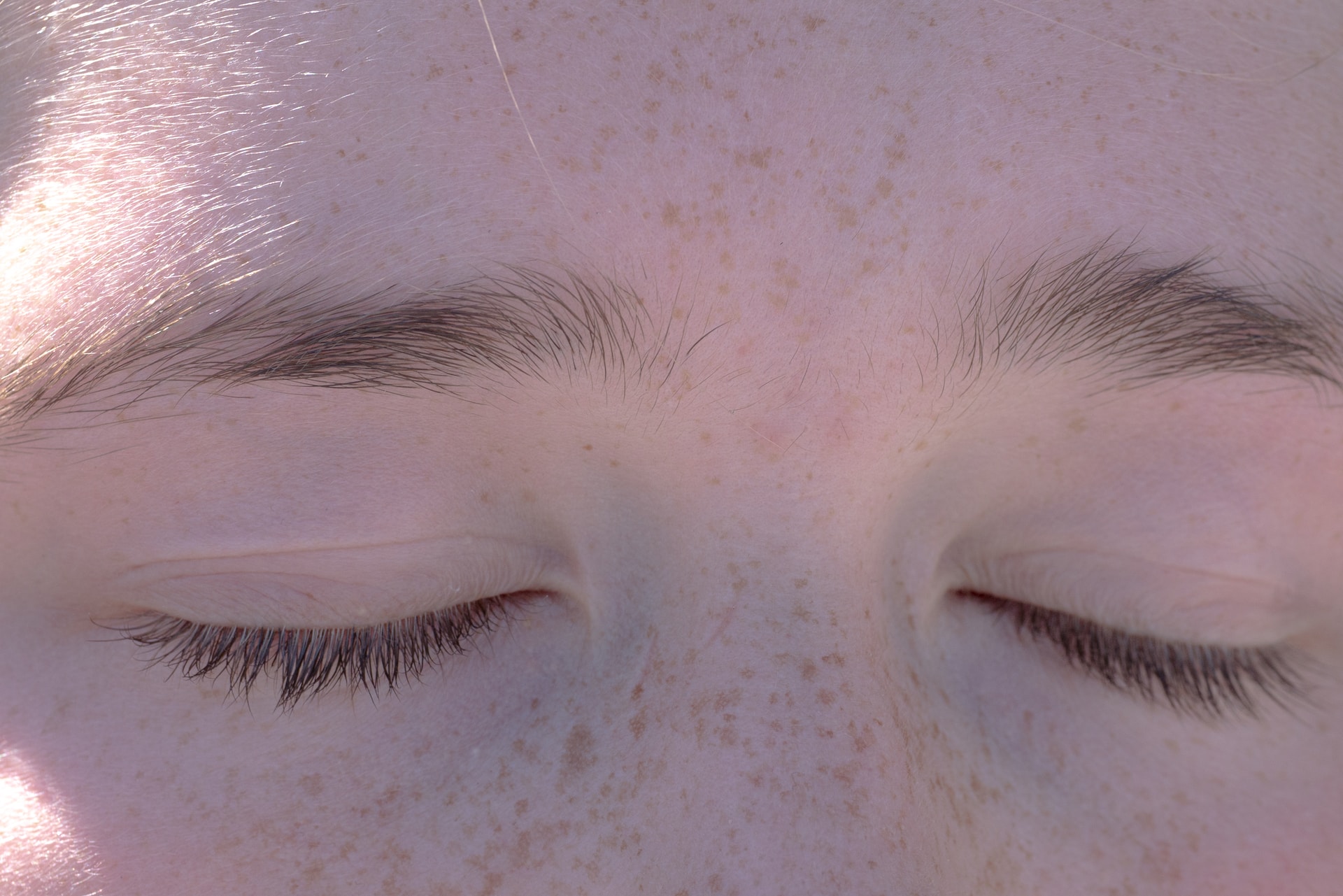
Dizziness – Dizziness is defined as a subjective sensation of swaying and spinning due to imbalance. For dizziness of central origin, the illusion of instability, uncertainty of posture, or fear of falling is characteristic. The seizure usually lasts a few seconds or a few minutes. However, it is worth remembering that although dizziness is not a separate disease entity, it can be one of the symptoms of a disease.
Nausea – Nausea is a less common symptom before fainting, but it is still possible. It refers to discomfort in the stomach and a sensation of needing to vomit. In cases of extreme fear or pain, nausea may occur before fainting.
Visual disturbances – Various visual disturbances can be experienced before fainting. Mostly, a common symptom is darkness in front of the eyes. Dark circles in front of the eyes are cavities in the visual field. In the simplest terms, it is black spots that usually appear against a white background. Patients may lose vision for a few seconds or longer before fainting, even though the visual organ is not damaged.
Hearing disorders – Before fainting, distorted sounds may be experienced, even though the organ of hearing is not damaged. People just before fainting may not hear or understand sounds coming from everywhere. A typical symptom of fainting is a lack of response to calling and shaking. Patients in a pre-fainting state begin to lose consciousness and are unresponsive to their surroundings.
Cold sweats – Just before fainting, there may be a disturbance in body temperature, causing cold sweats, among other things. Cold sweats are the body's way of responding to emergencies caused by fear, pain, shock, difficulty breathing, or low blood sugar. It's a sensation of feeling cold and experiencing excessive sweating.
Pale skin – Pale skin is a common symptom that often accompanies fainting. When someone faints, there can be issues with blood and oxygen flow, which can cause the skin to appear paler, particularly around the face, hands, and nails. This change in skin color is temporary and typically resolves itself. It can also occur due to high levels of stress or emotional distress.
Feeling hot or cold – The brain's hypothalamus is responsible for regulating body temperature. When fainting occurs, the lack of oxygen can disrupt the thermoregulation center in the hypothalamus. As a result, people often experience a sudden feeling of being hot or cold before fainting. Chills may also accompany this sensation.
Palpitations – Palpitations can be referred to when the heart beats excessively strongly, the frequency of its beats is increased, or when the frequency of the heartbeats is slightly altered, and the patient feels them inadequately as excessive. This unpleasant symptom may occur just before fainting.
Shortness of breath – A subjective sensation of shortness of breath and difficulty in breathing is called shortness of breath. Feelings of shortness of breath can occur in many circumstances, such as during rest or exertion. Shortness of breath can herald impending fainting.
Weakness – One common symptom that often occurs before fainting is weakness, where individuals experience a sudden loss of strength and energy. This can be accompanied by feelings of drowsiness, ultimately leading to a loss of consciousness. Deficiency can cause an inability to move, in which case the risk of falling is more significant. Falls occur due to a decrease in muscle tone.

Several imaging tests may be utilized to diagnose syncope and determine its cause. It is essential to distinguish the type of syncope since not all cases are harmless, such as vasovagal syncope. Some instances of syncope can indicate underlying diseases.
Medical History – Gathering a thorough medical history is crucial when diagnosing syncope. Understanding the circumstances surrounding the episode, including duration and level of consciousness lost, is essential. Any post-syncope concerns should also be noted. Additionally, obtaining information on the patient's medical conditions, previous syncopal episodes, and family medical history can provide valuable insights for diagnosis.
MRI – Magnetic resonance imaging![]() can be valuable in diagnosing various conditions. It allows doctors to assess the functioning of different structures within the body without invasive procedures. MRI scans can be performed on various parts of the body, depending on the specific condition under investigation. For example, when evaluating syncope, scans may target the head, chest, or abdominal cavity. It's crucial to keep in mind that individuals with metal implants or devices cannot undergo an MRI procedure. Pregnant women in their first trimester are also advised against getting an MRI due to potential risks.
can be valuable in diagnosing various conditions. It allows doctors to assess the functioning of different structures within the body without invasive procedures. MRI scans can be performed on various parts of the body, depending on the specific condition under investigation. For example, when evaluating syncope, scans may target the head, chest, or abdominal cavity. It's crucial to keep in mind that individuals with metal implants or devices cannot undergo an MRI procedure. Pregnant women in their first trimester are also advised against getting an MRI due to potential risks.
ECG – An electrocardiogram (ECG)![]() is a diagnostic test to determine if heart problems cause syncope (fainting). It helps to either rule out or confirm cardiac syncope. By analyzing the heart's rhythm, an ECG allows for long-term monitoring and can detect arrhythmias in individuals with a high likelihood of experiencing syncope due to irregular heart rhythms. Notably, it is valuable to consider that the absence of arrhythmia during syncope excludes arrhythmia as the cause.
is a diagnostic test to determine if heart problems cause syncope (fainting). It helps to either rule out or confirm cardiac syncope. By analyzing the heart's rhythm, an ECG allows for long-term monitoring and can detect arrhythmias in individuals with a high likelihood of experiencing syncope due to irregular heart rhythms. Notably, it is valuable to consider that the absence of arrhythmia during syncope excludes arrhythmia as the cause.
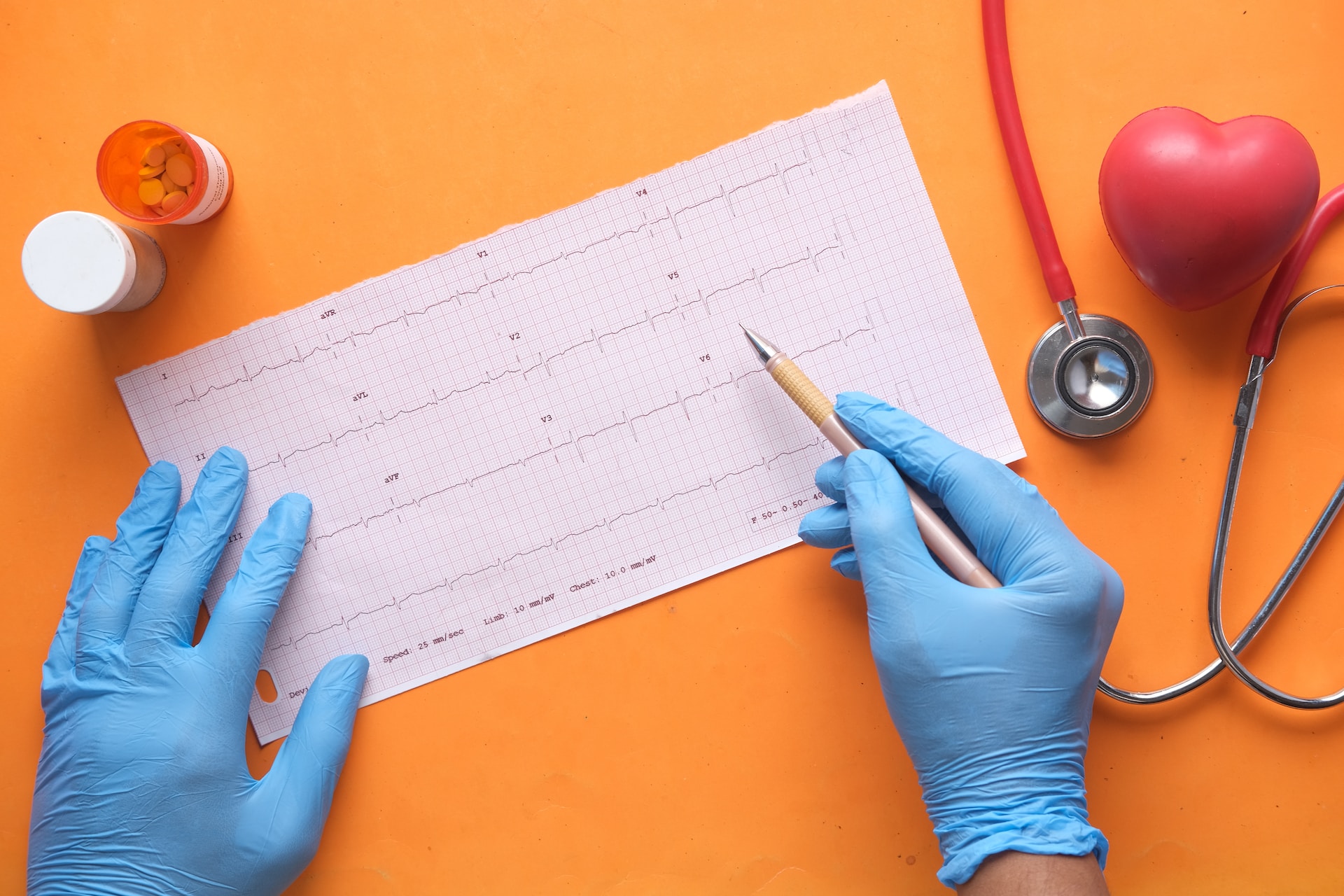
Vasovagal syncope is a type of syncope that is not related to disease. Therefore, in general, vasovagal syncope is not dangerous to health. Only the risk of falling is what we should watch out for. Also, when fainting occurs frequently, seeking medical advice and identifying the cause is worth it. Note that not every fainting is a symptom of vasovagal syndrome. Some fainting spells have much more severe reasons and are sometimes life-threatening.
Treatment of vasovagal syndrome consists mainly of preventing syncope and fall-related injuries during loss of consciousness. It is also important that patients learn to recognize the symptoms before vasovagal syncope and know what to do if they occur. Therefore, the following preventive measures are indicated:
Inform others – If you tend to syncope, it's a good idea to let loved ones and those around you know about it in your work environment, for example. Alerting others to the possibility of fainting will help in applying possible first aid in case of fainting. It will minimize the risk of harm caused by fainting.
Avoid situations that provoke fainting – To prevent fainting episodes, it's advisable to avoid situations that can trigger them. For instance, try not to remain in crowded or stuffy rooms for extended periods of time. It's also important to be mindful of hot weather conditions and high humidity, as these can contribute to fainting. Additionally, if stress is a factor leading to fainting, taking care of your mental well-being and practicing relaxation techniques can be beneficial.
Hydrate – Staying properly hydrated is crucial, particularly during the summer months. It's important for patients to drink an ample amount of fluids and carry a water bottle with them throughout the day. By maintaining hydration levels, the risk of fainting can be reduced.
Recognize the symptoms – Recognizing the signs of fainting can save you from losing consciousness if you react early enough. You should assume a lying down position whenever possible if you experience pre-fainting symptoms and inform another person nearby that you are unwell. After lying down, the upper and lower limbs should be elevated. If assuming a lying down position is impossible, one can sit/ squat down and bend the head between the knees.
Prevent fainting – Another way is an isometric exercise. Isometric exercise is a type of workout that focuses on tensing and relaxing specific muscle groups. This can be done by tightening the muscles in your limbs, such as squeezing a ball in your hand. By doing these exercises, you can improve blood flow throughout your body. It's important to remember to breathe evenly and calmly during each repetition. One common mistake is holding your breath while exercising.
Quit smoking – Smoking causes constriction of blood vessels. Smoking also reduces the amount of oxygen that can be transported by red blood cells. As a result, tissues and organs, including the brain, receive less oxygen. It promotes fainting, so reducing or quitting smoking is a good idea.

Vasovagal syncope involves an abnormal reflex reaction leading to vasodilation or bradycardia. This syncope is characteristic of young people and occurs as a natural reaction of the body, not the result of disease. Not each syncope is a harmless vasovagal syncope. Sometimes, repeated fainting can be indicative of medical conditions. Therefore, it is helpful to know the different types of syncope and the predisposition to them.
Diseases of the cardiovascular system cause cardiogenic syncope![]() . They are rare but very dangerous. The primary mechanism of cardiac syncope is a rapid decrease in stroke volume, an impaired ability to increase it, an abnormal heart rhythm, or an obstruction in the path of blood outflow from the heart.
. They are rare but very dangerous. The primary mechanism of cardiac syncope is a rapid decrease in stroke volume, an impaired ability to increase it, an abnormal heart rhythm, or an obstruction in the path of blood outflow from the heart.
Cardiogenic causes are rarer, but most often, they are of organic origin. Therefore, recurrent syncope or those accompanied by the symptoms described further should be diagnosed as cardiovascular disease. The primary diagnosis is based on an ECG. The basis of treatment of cardiogenic syncope is to determine the cause and treat it.
Orthostatic hypotonia![]() means a drop in blood pressure after assuming a standing position, regardless of accompanying symptoms. The causes of such syncope can be various. The most common are drug-induced syncope. Vasodilators, diuretics, and antidepressants can lead to them.
means a drop in blood pressure after assuming a standing position, regardless of accompanying symptoms. The causes of such syncope can be various. The most common are drug-induced syncope. Vasodilators, diuretics, and antidepressants can lead to them.
In addition, this type of syncope can be triggered by autonomic system failure caused by Parkinson's disease, Shy-Drager syndrome, or dementia with Lewy bodies. Still, a different cause is reduced circulating blood volume caused by vomiting, diarrhea, or bleeding. The mechanism and treatment are similar to the management of reflex syncope. Orthostatic hypotension increases with age and occurs in the older population.
The essence of carotid sinus syndrome![]() is syncope. Loss of consciousness occurs after compression of the carotid sinus. Fainting occurs when the baroreceptors in the carotid artery wall are stimulated abruptly and intensely.
is syncope. Loss of consciousness occurs after compression of the carotid sinus. Fainting occurs when the baroreceptors in the carotid artery wall are stimulated abruptly and intensely.
Symptoms may arise from impact to the area where the common carotid artery divides or from turning the head to either side. This stimulates nerves that send a signal to inhibit heart activity, leading to a sudden decrease in heart rate or even temporary cessation.
Additionally, blood pressure drops, further increasing the risk of losing consciousness. Of primary importance is the initial assessment, that is, the medical examination measurement of blood pressure values and evaluation of the electrocardiogram. Treatment methods are various; implantation of a cardiac pacemaker is possible.

How do you act in case of fainting? If you see someone suddenly losing strength, you can help and keep the fainting person safe. Adapt then to the following rules:
Safe position – A person in a pre-fainting state can be laid on their back. It is a safe position. The position is to lay the fainting person on their back, preferably with the legs raised above the level of the torso. If the person is conscious, they can sit with their elbows resting on their thighs and their head bowed. This position helps prevent falling. However, if the person is unconscious, it's important to lay them on a firm surface, clear their airway, and check for normal breathing.
Control breathing – In the event of an unconscious individual, it is important to manage their breathing. If respiratory arrest occurs, immediate CPR should be initiated while simultaneously contacting emergency medical services. It is also crucial to contact an ambulance if the person does not regain consciousness within a significant time frame.
Ensure the availability of air – It's crucial to provide air and oxygenation in cases of syncope. Make sure there is fresh air by opening a window and check for any pressure on the airway caused by clothing such as a collar, tie, or scarf. If the fainting occurred in an elevator, for example, the person should be taken to where they will have access to more oxygen.
During some diseases, syncope is a common and characteristic symptom. When diagnosing fainting, it is essential to consider these diseases' possibility. If there is suspicion of additional symptoms, directional tests should be performed. Diseases and conditions that can be symptomatic of fainting include:

Low blood pressure – Low blood pressure, otherwise known as hypotension, is a condition that is less dangerous than hypertension. People with low blood pressure may often experience fatigue, lethargy, or a greater tendency to get tired, among other things. This ailment can appear in different diseases, result from congenital disabilities of the circulatory system, or a personal tendency to low blood pressure.
Cardiac arrhythmia – Arrhythmia can be asymptomatic. An irregular heartbeat can be detected through a physical examination by checking the pulse, listening to the heart, or conducting diagnostic tests. There are various potential causes of this condition, such as changes in the heart muscle, coronary artery disease, and high blood pressure. The type and severity of the arrhythmia determine the appropriate treatment approach. Treatment options may include medications,lifestyle adjustments, invasive therapies, electrical devices, or surgery.
Valvular heart disease – Valvular heart disease encompasses various types, which can be categorized into congenital or acquired causes. Congenital valve defects typically involve abnormalities in valve size, leaflet structure, or attachment. Congenital disabilities most frequently involve the aortic valve and the pulmonary trunk valve. Symptoms of heart valve defects mainly belong to shortness of breath, dizziness, chest pain, palpitations, and swelling around the ankles.
Stroke – A stroke is the death of part of this organ due to a stoppage of the blood supply. Many factors predispose to ischemic stroke. In many cases, stroke is a life-threatening condition and, as a disorder, absolutely requires hospitalization. The discomforts of a stroke depend on which part of the brain has been damaged. The effect of treatment depends on the timing of assistance. It is then necessary to take appropriate action immediately.
Lymphedema – Lymphedema is otherwise known as tissue swelling, caused by lymph stagnation caused by congenital disabilities or damage to lymphatic vessels. Lymphedema is a marked disproportion between the involved and healthy body areas. The swollen limb is heavier, which is one of the reasons for the significant restriction of its mobility. The cause of primary lymphedema is abnormally formed lymph nodes. The basis for treating lymphedema is physiotherapy and compression therapy.
Endocarditis – Endocarditis is a condition that involves inflammation in the cavities, larger blood vessels, and valves of the heart. Bacteria are the most common cause of this condition, typically infecting the body when there is damage to the endocardium. Rheumatic endocarditis can also occur. Depending on the type of endocarditis, the symptoms can be various. Infective endocarditis is a dangerous condition that must be treated without fail. The primary treatment for endocarditis is the implementation of antibiotic therapy.
Vasovagal syncope is caused by a sudden, rapid drop in blood pressure, which occurs when blood vessels dilate and the heart rate slows. This condition involves the brain and the autonomic nervous system, which regulates various bodily functions.
Vasovagal syncope can happen suddenly without any warning signs or be preceded by fainting prodromal symptoms. Individuals who have experienced fainting multiple times can often predict the next episode based on specific indications.
In some cases, it may even be possible to prevent loss of consciousness altogether. Gathering a comprehensive medical history is vital for diagnosing syncope accurately. It's crucial to understand the circumstances leading up to each episode, as well as how long consciousness was lost and whether there were any residual concerns afterward.
Treatment primarily focuses on preventing syncope and minimizing injuries that may occur from falls during loss of consciousness. Additionally, patients must learn to recognize the warning signs preceding vasovagal syncope and what steps they should take if these symptoms arise.
Table of Contents
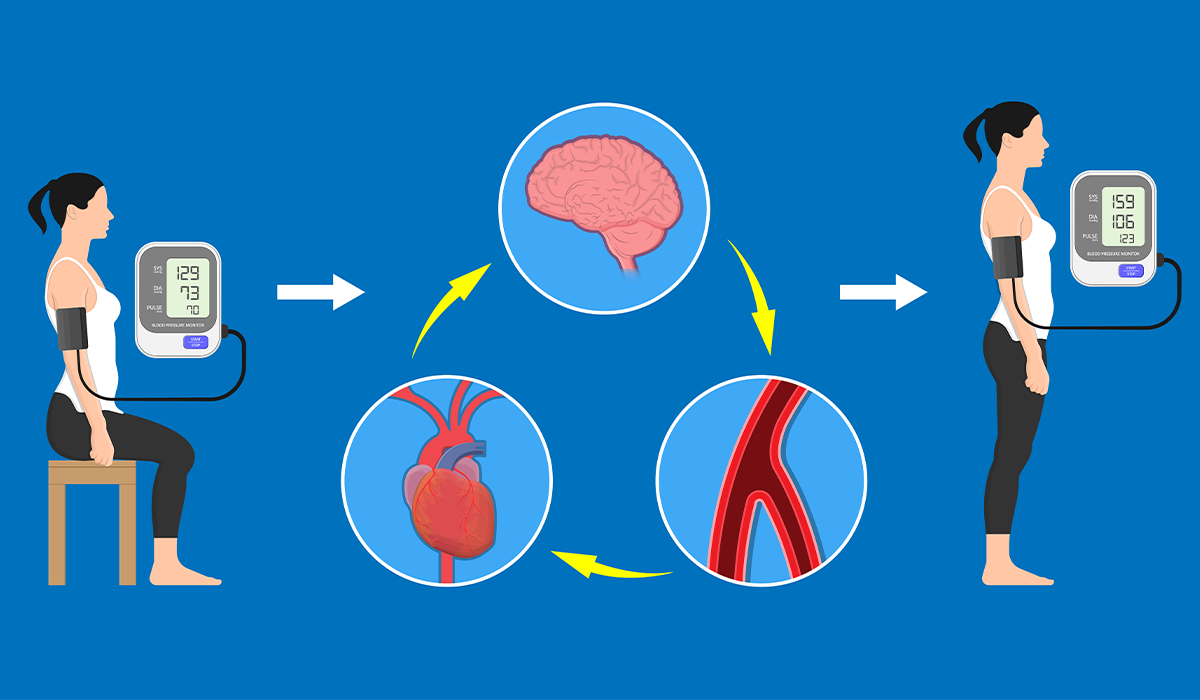
Dysautonomia is a disorder disrupting one or more functions of the autonomic nervous system (ANS). If ANS are affected, the… read more »
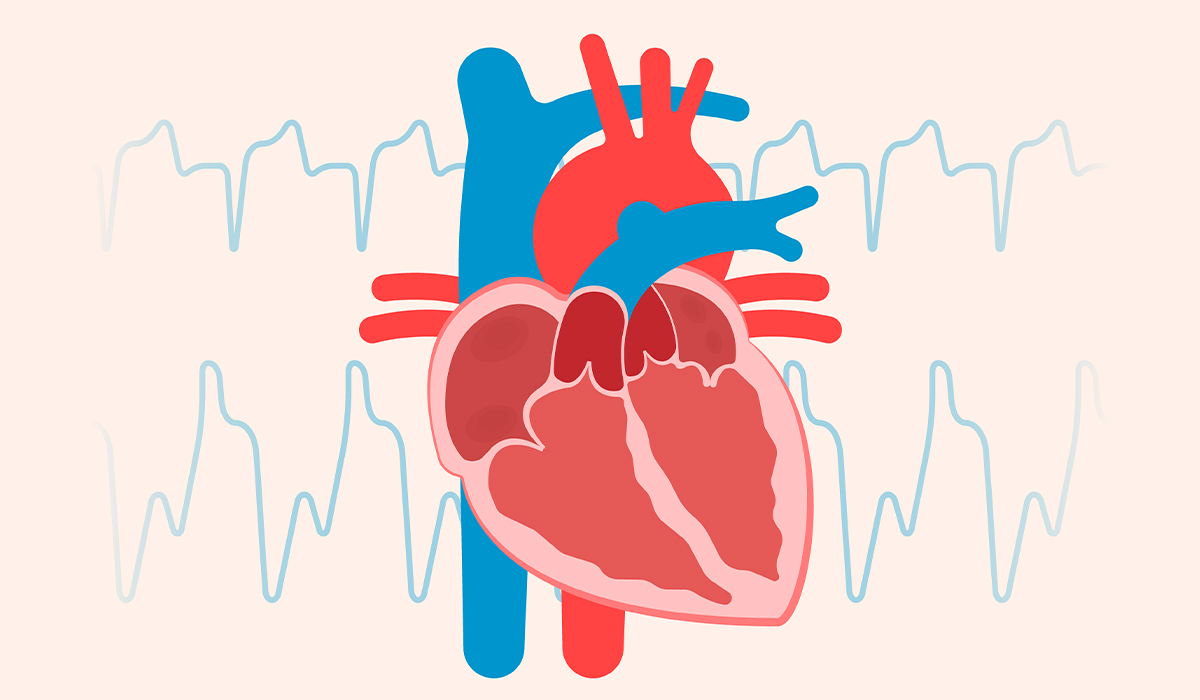
Cardiomyopathy refers to an abnormality in the heart muscle. There are various types and causes of cardiomyopathy. Learn about the… read more »

Delirium is an acute disorder of consciousness most often characterized by illusions, hallucinations and agitation. What are the causes of… read more »
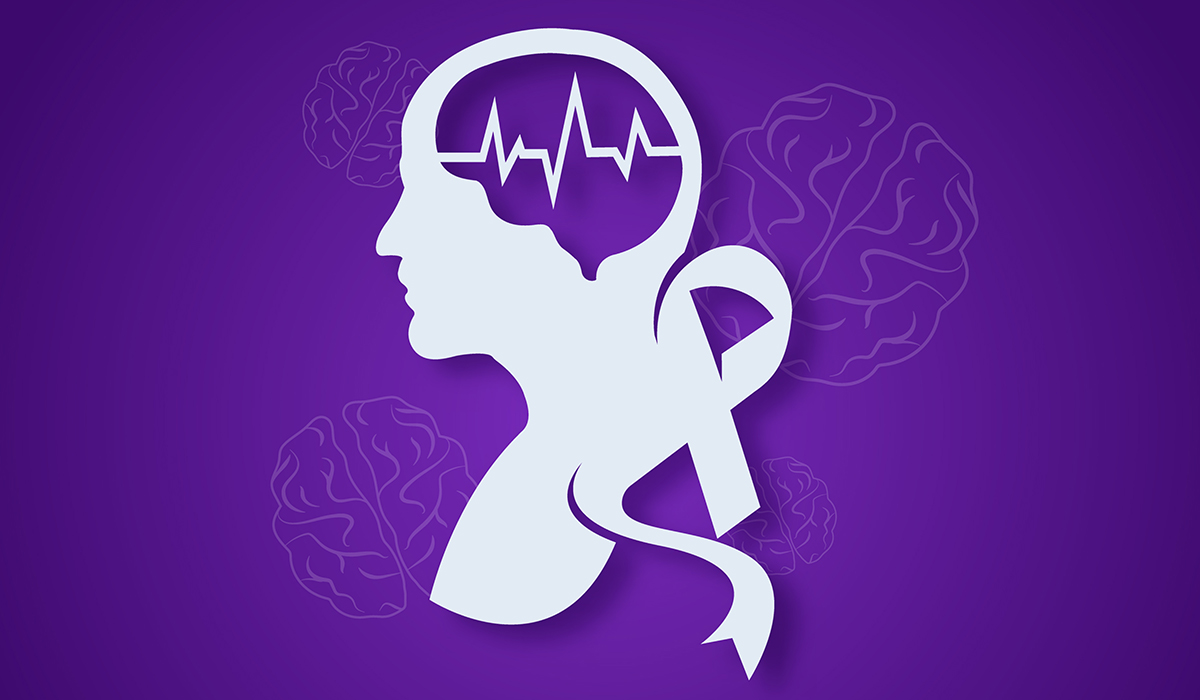
Epilepsy is the result of abnormal functioning of cerebral cortex cells. How does it manifest itself? How is epilepsy diagnosed… read more »
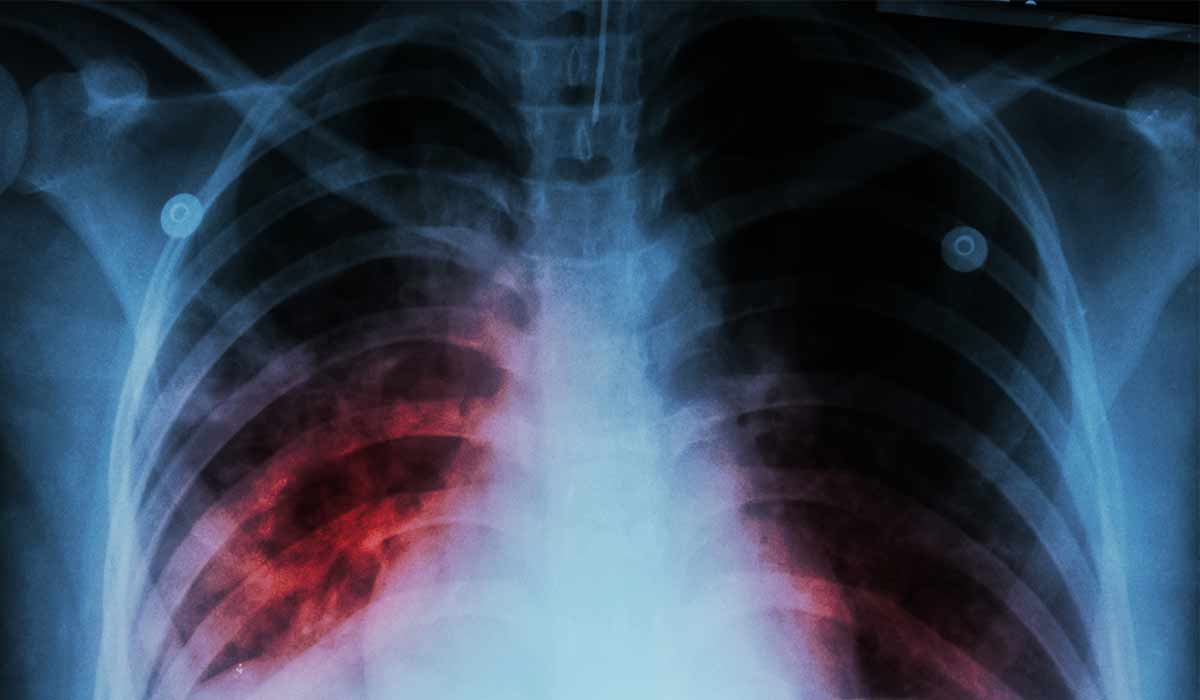
Tuberculosis is an infectious disease caused by mycobacteria. There are many types of tuberculosis with varying symptoms. Learn it all… read more »
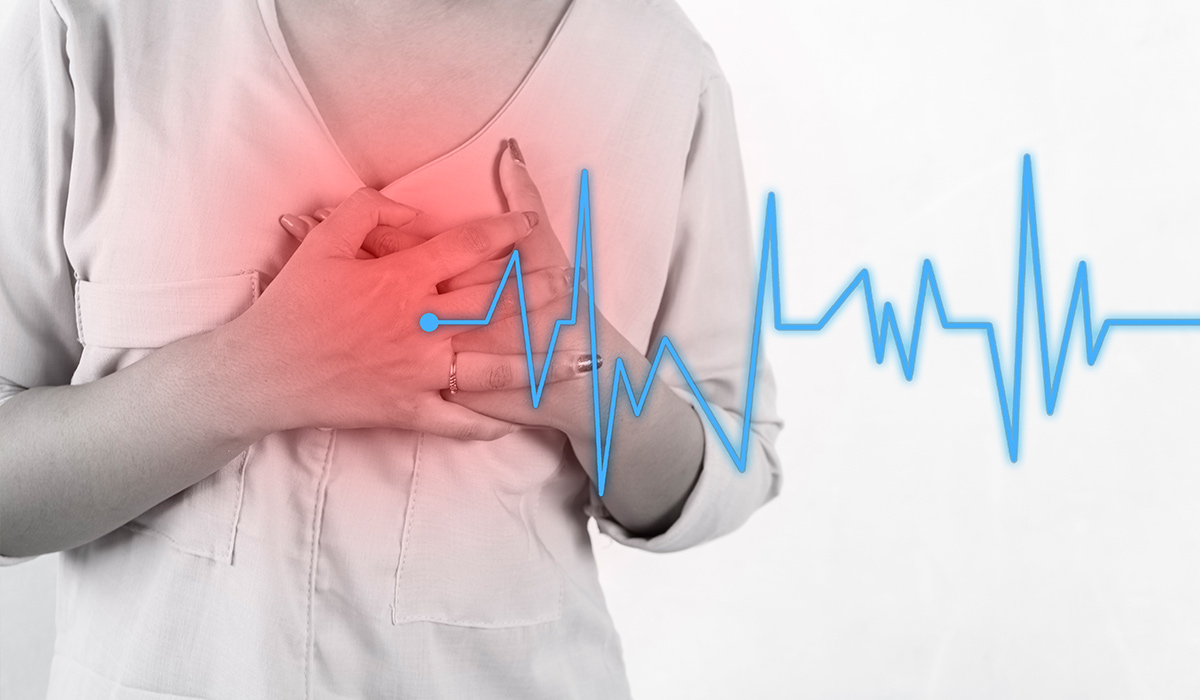
Myocardial infarction is one of the most common causes of death. The main symptom of a heart attack is chest… read more »
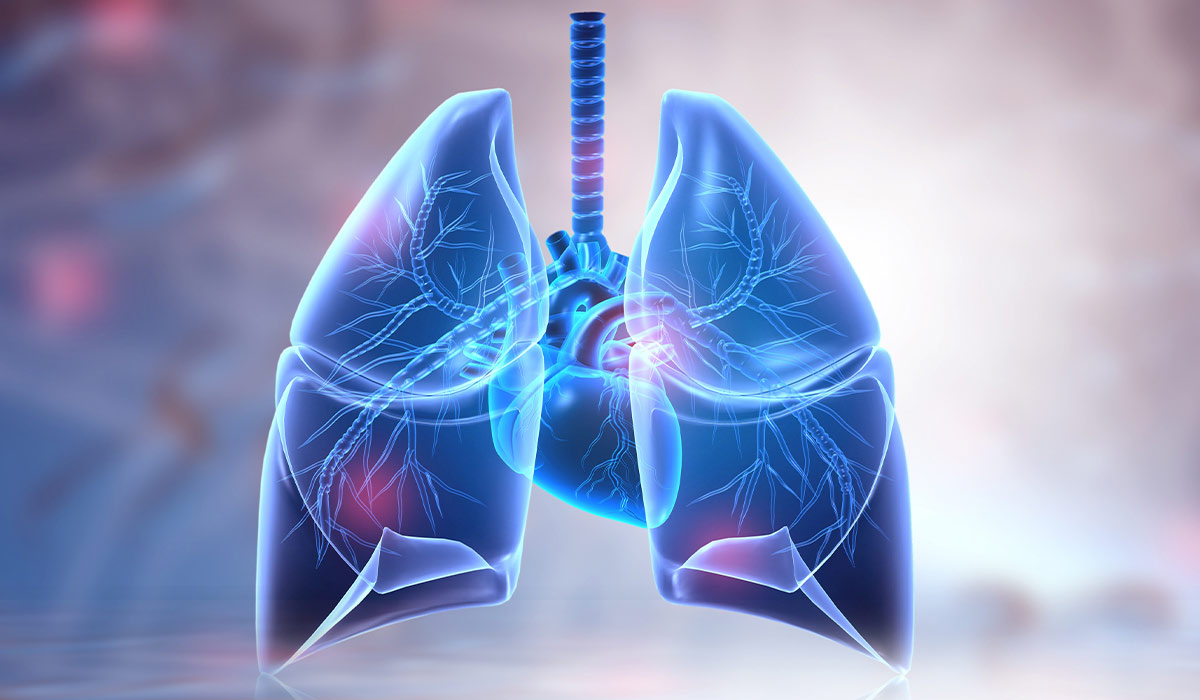
Hypercapnia is a condition in which the partial pressure of carbon dioxide in our blood is increased. This can be… read more »
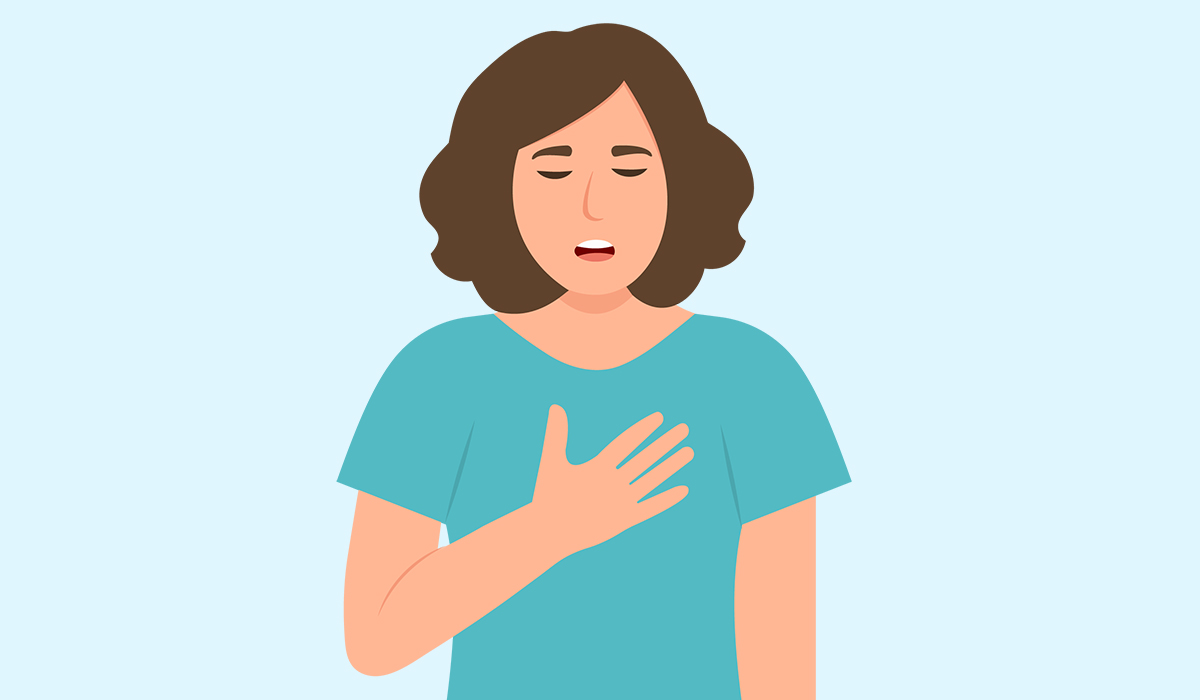
Chest pain refers to any discomfort, pressure, tightness, or pain that occurs in the chest area. It can vary in… read more »

Dehydration can cause many negative health effects. It is a common problem in children and seniors. Learn how to recognize… read more »